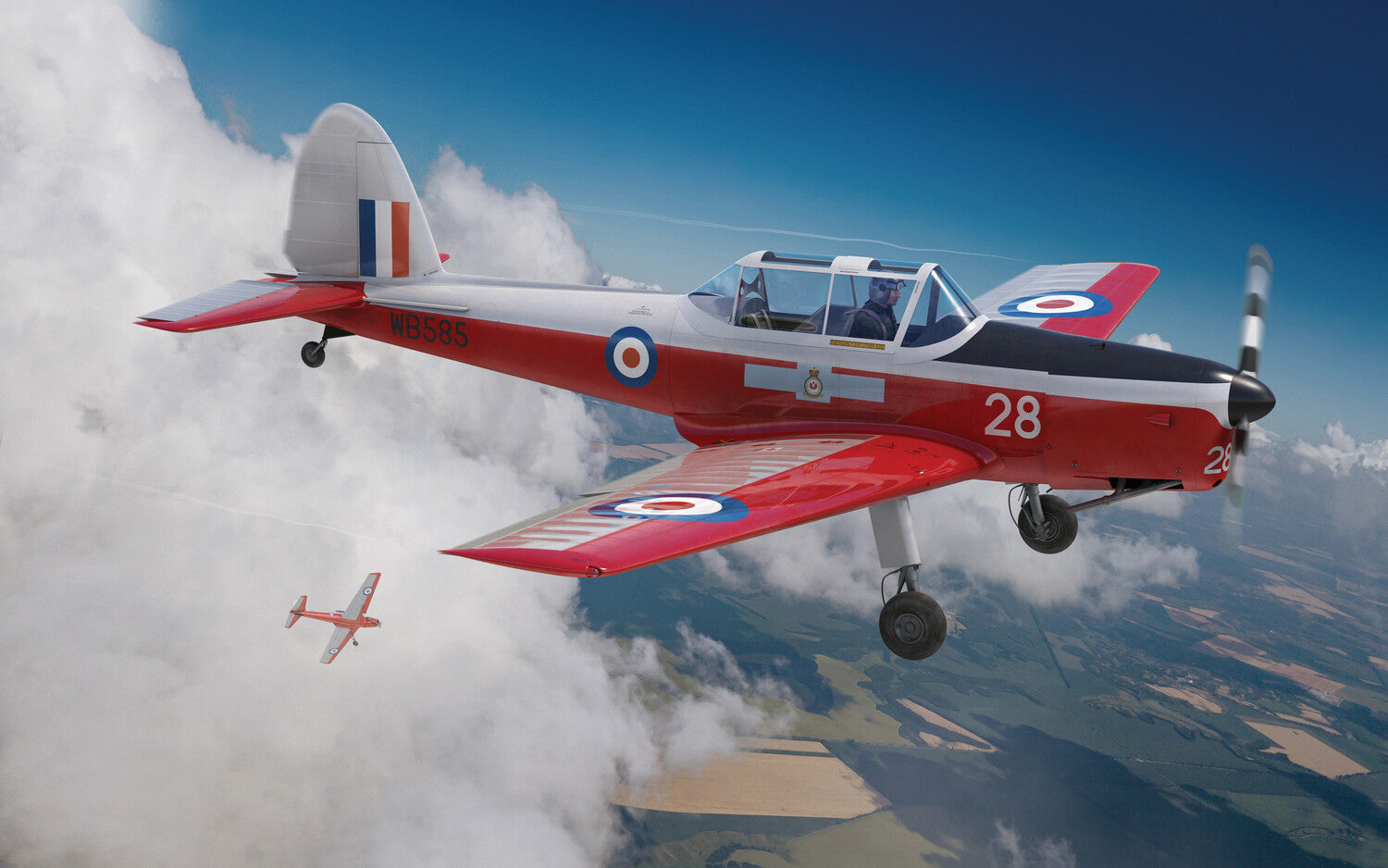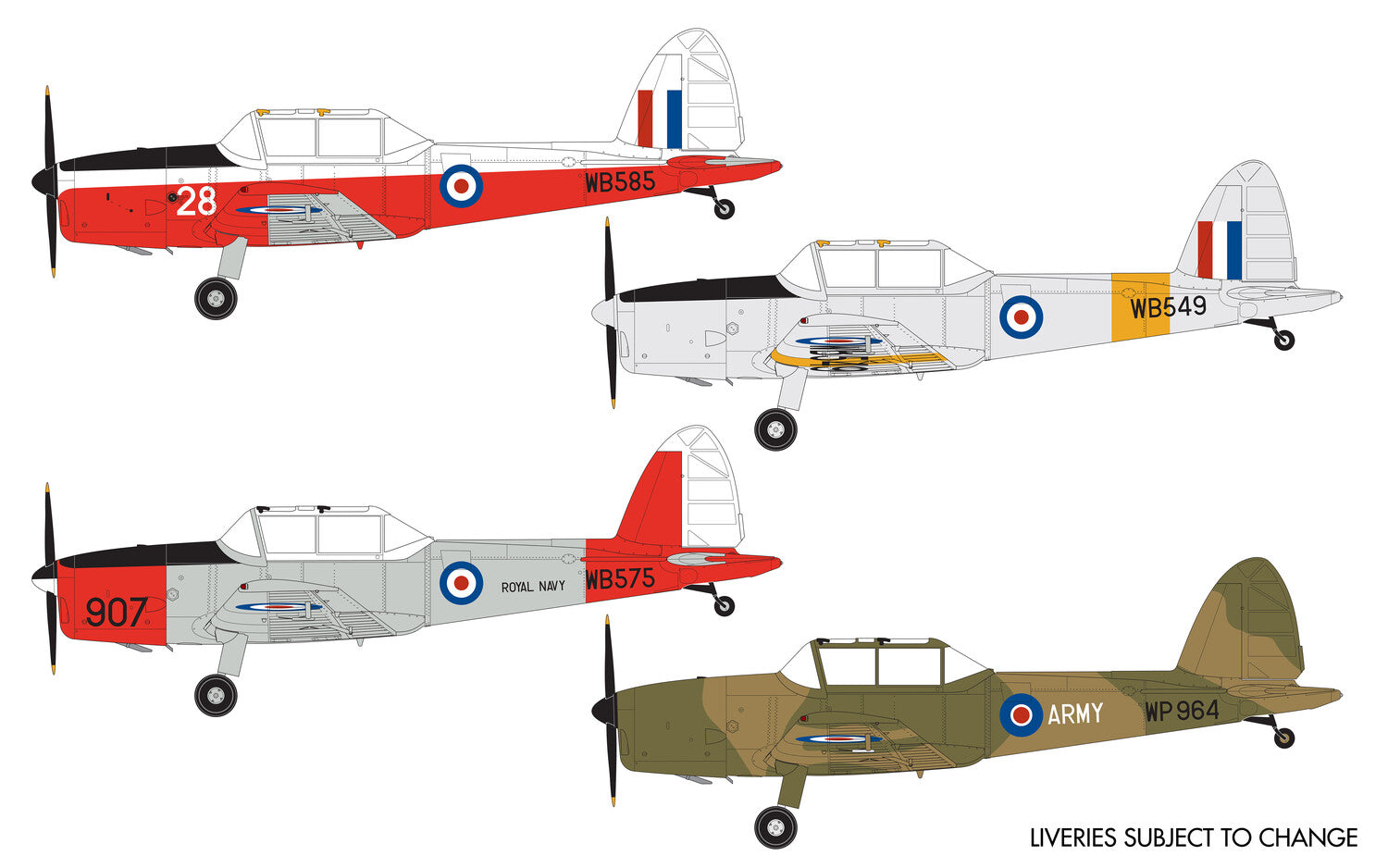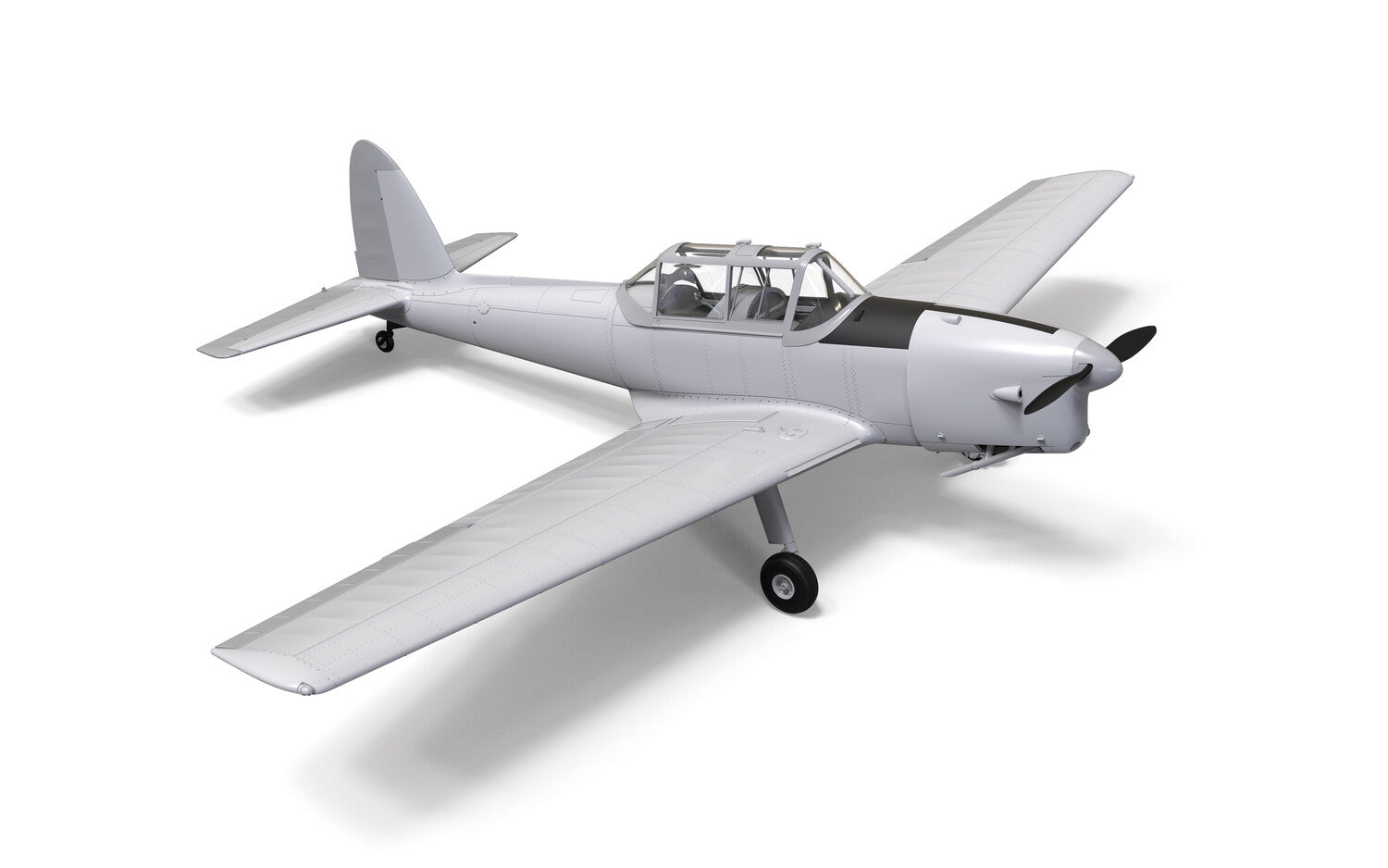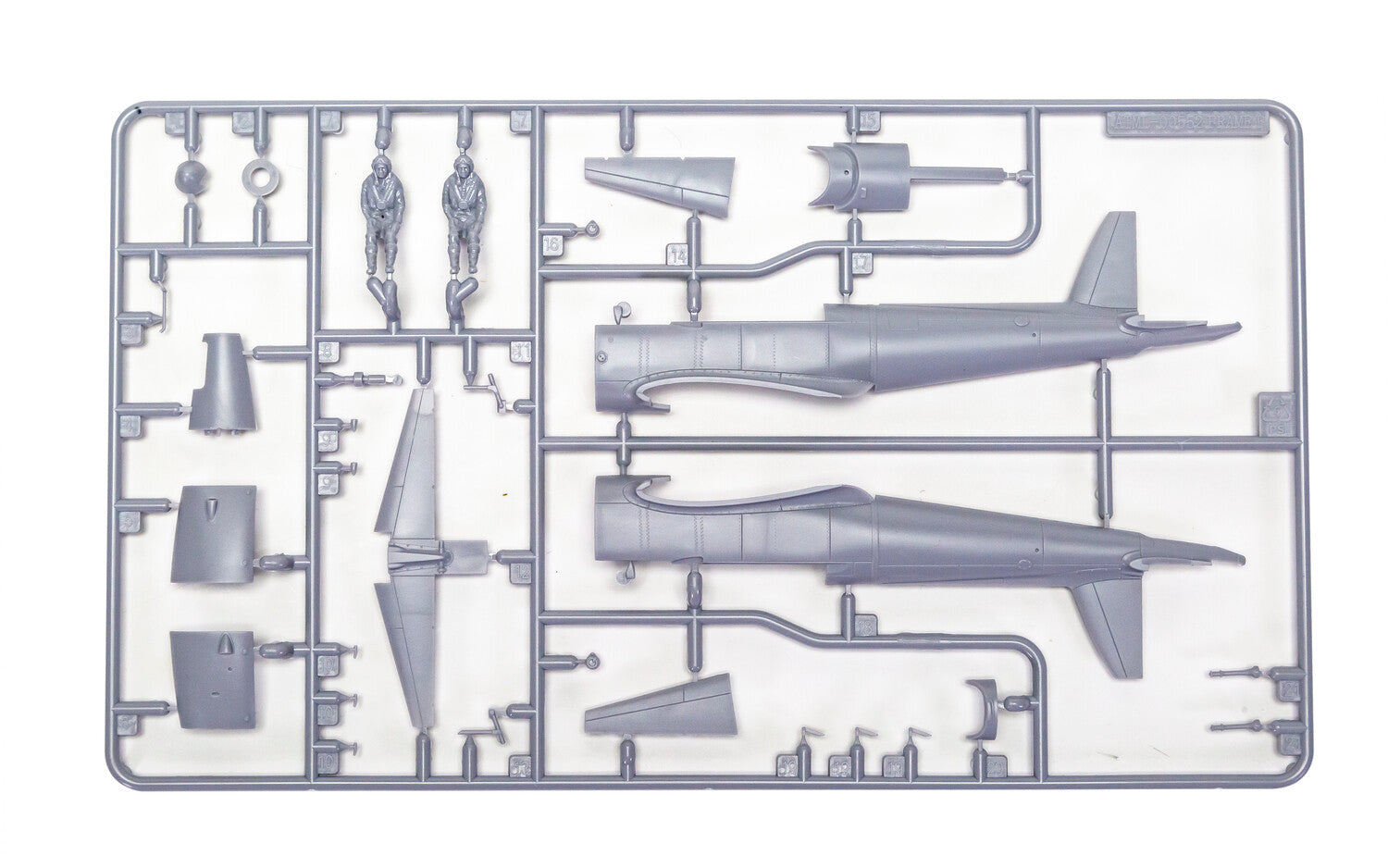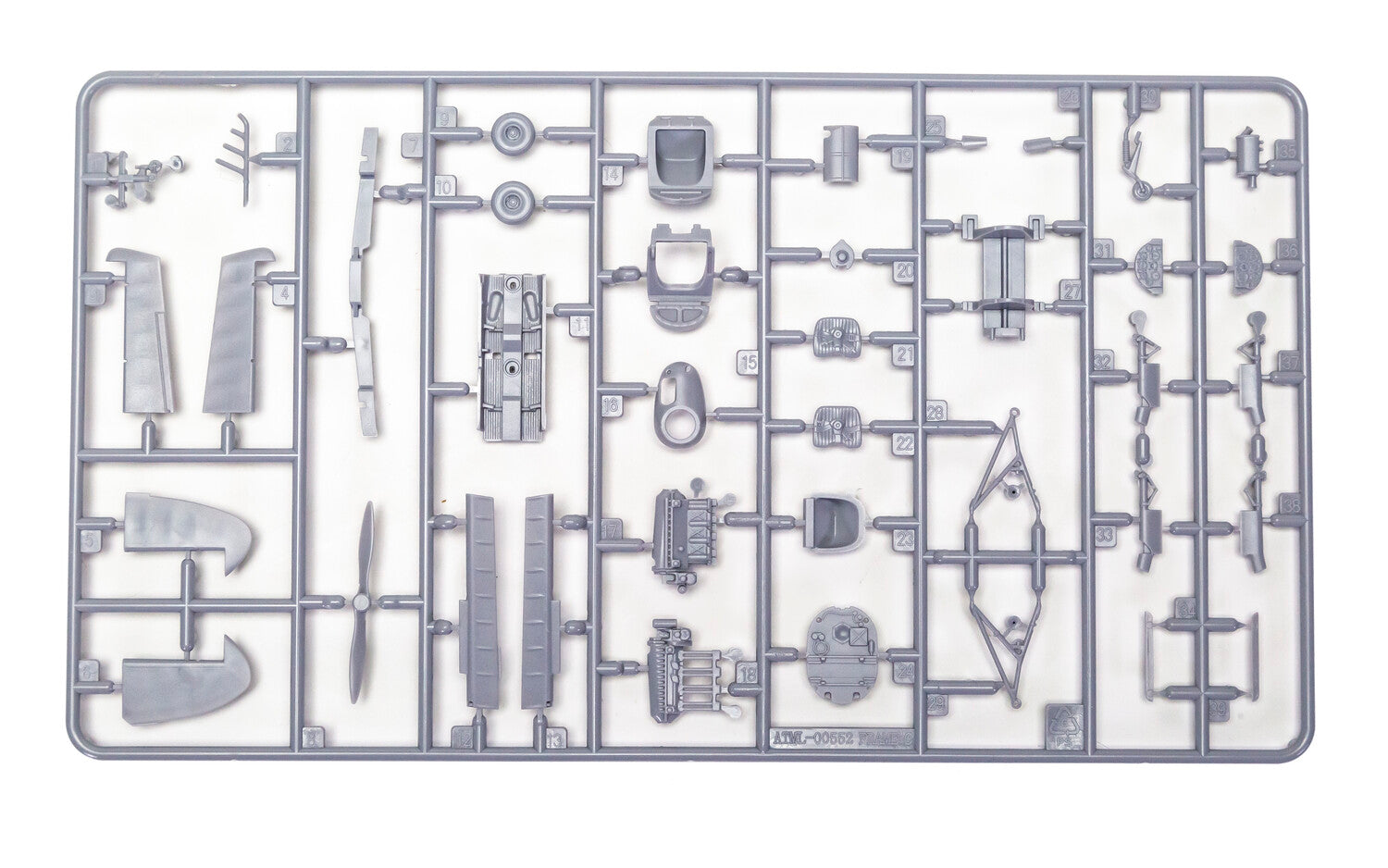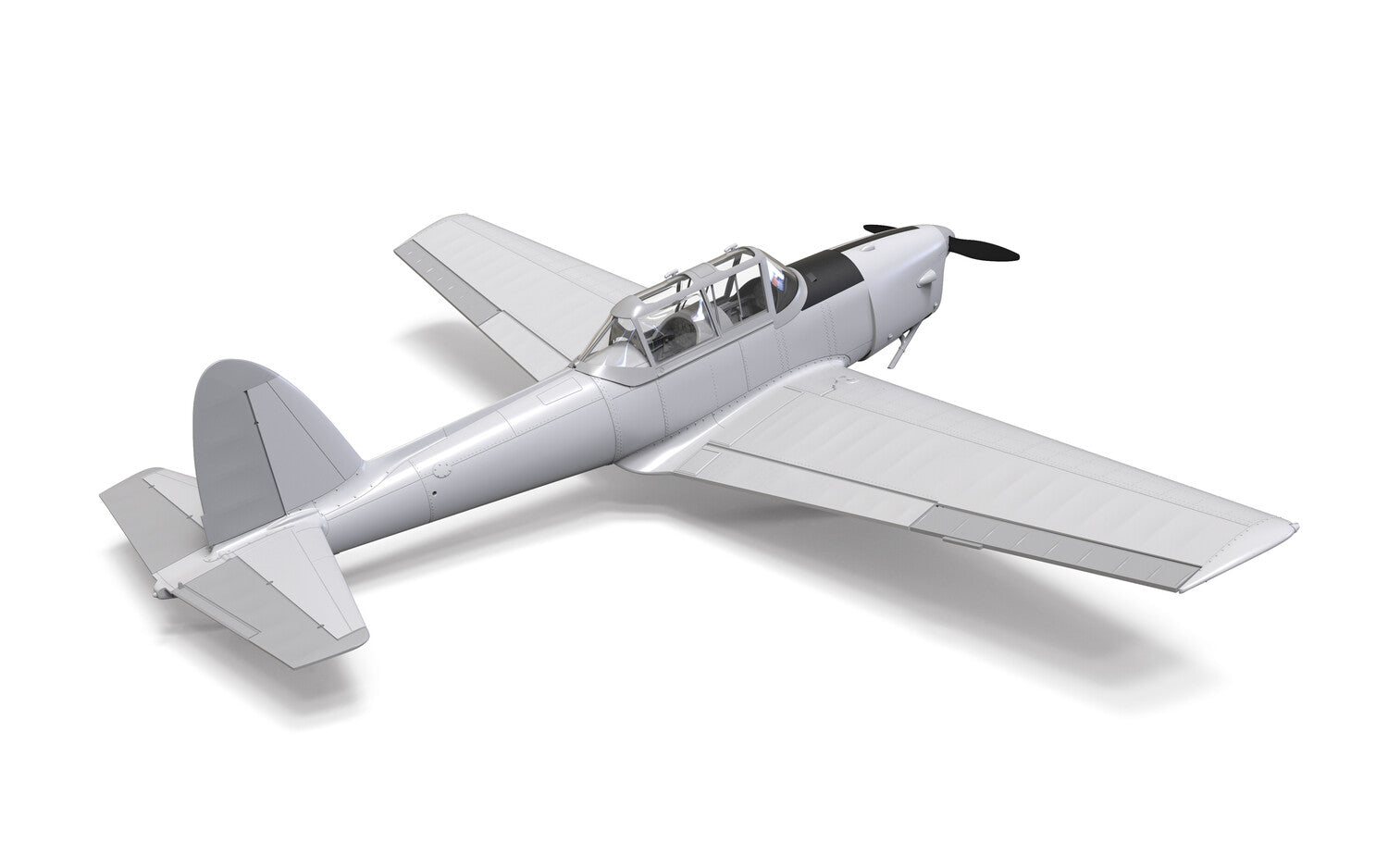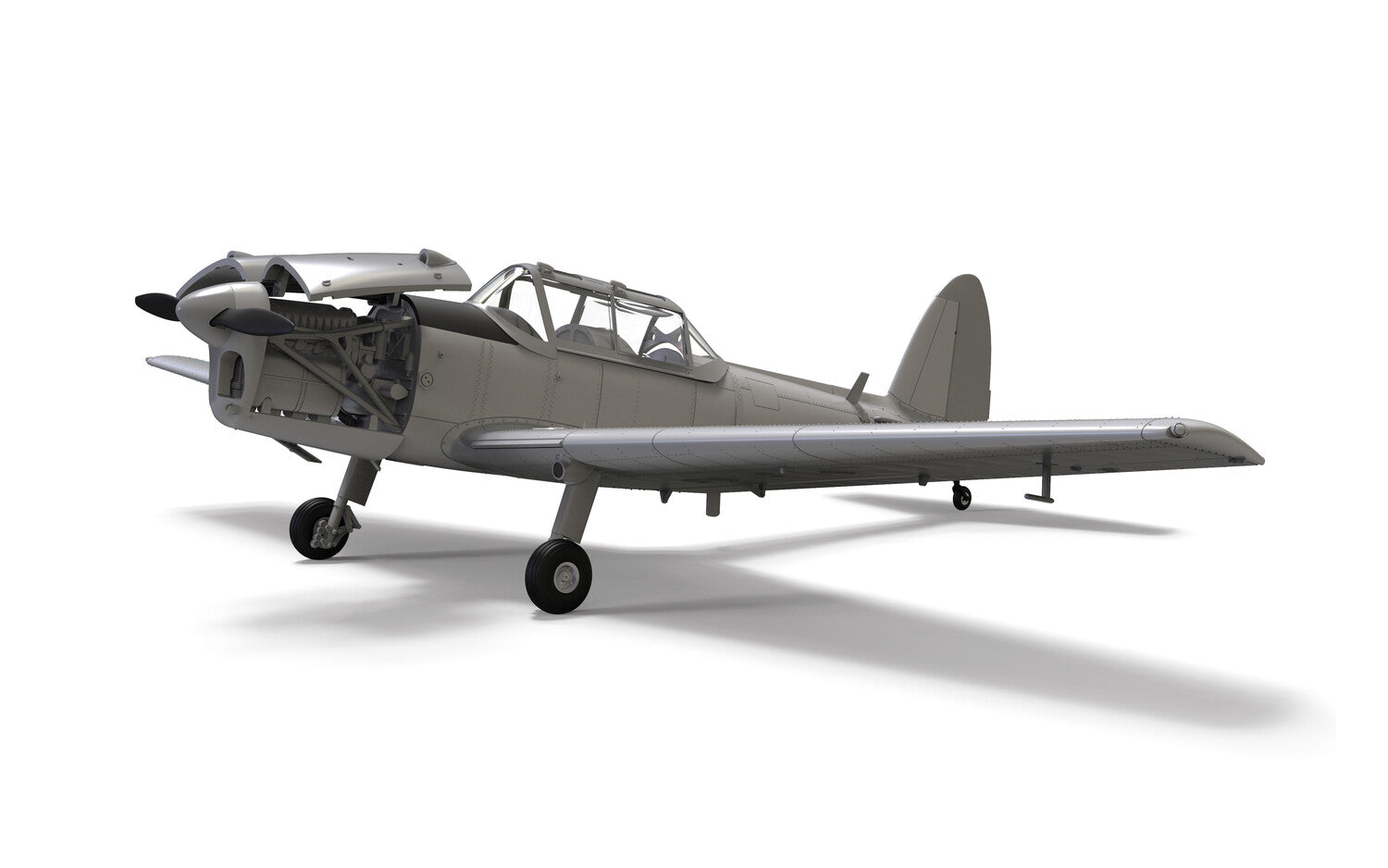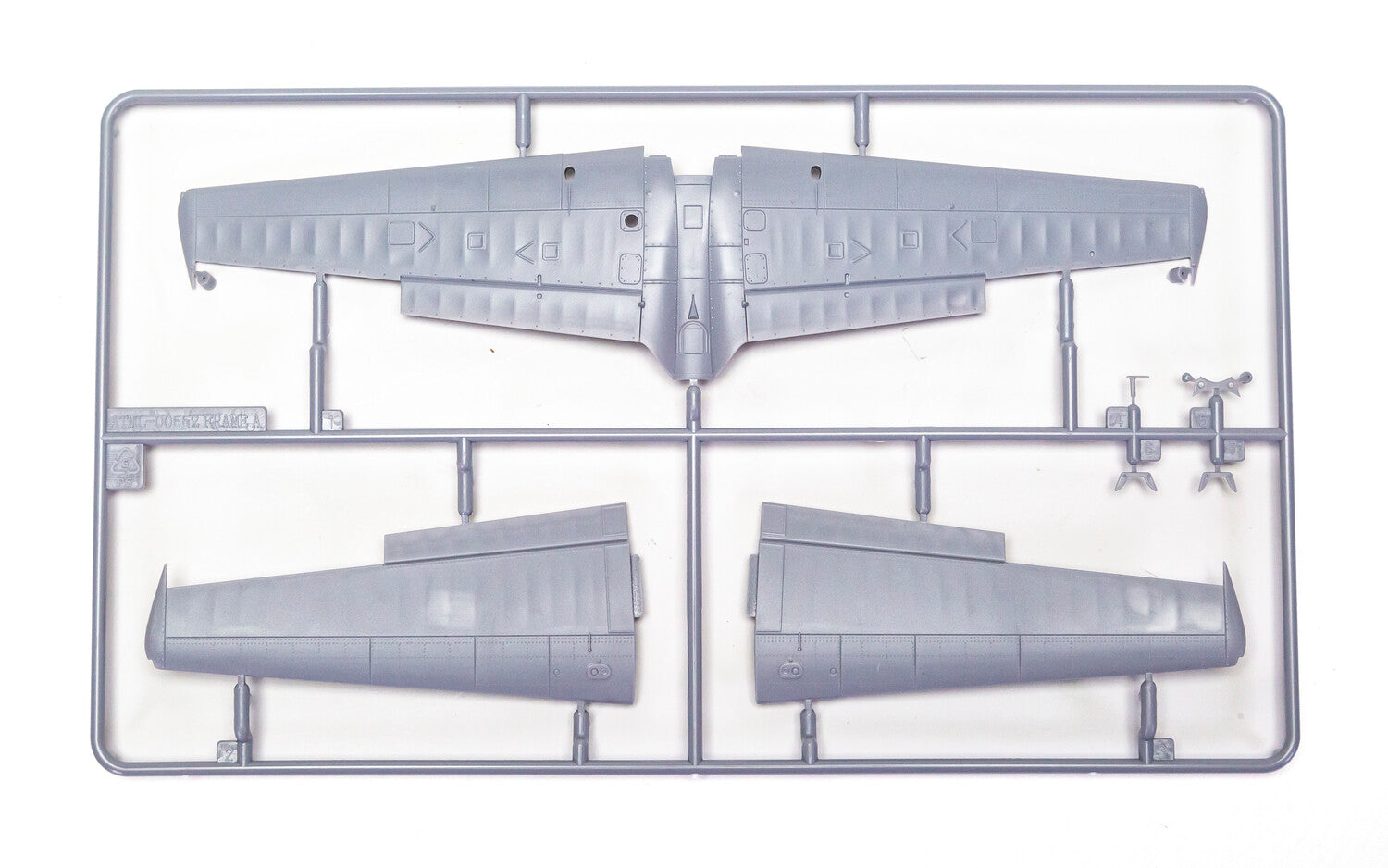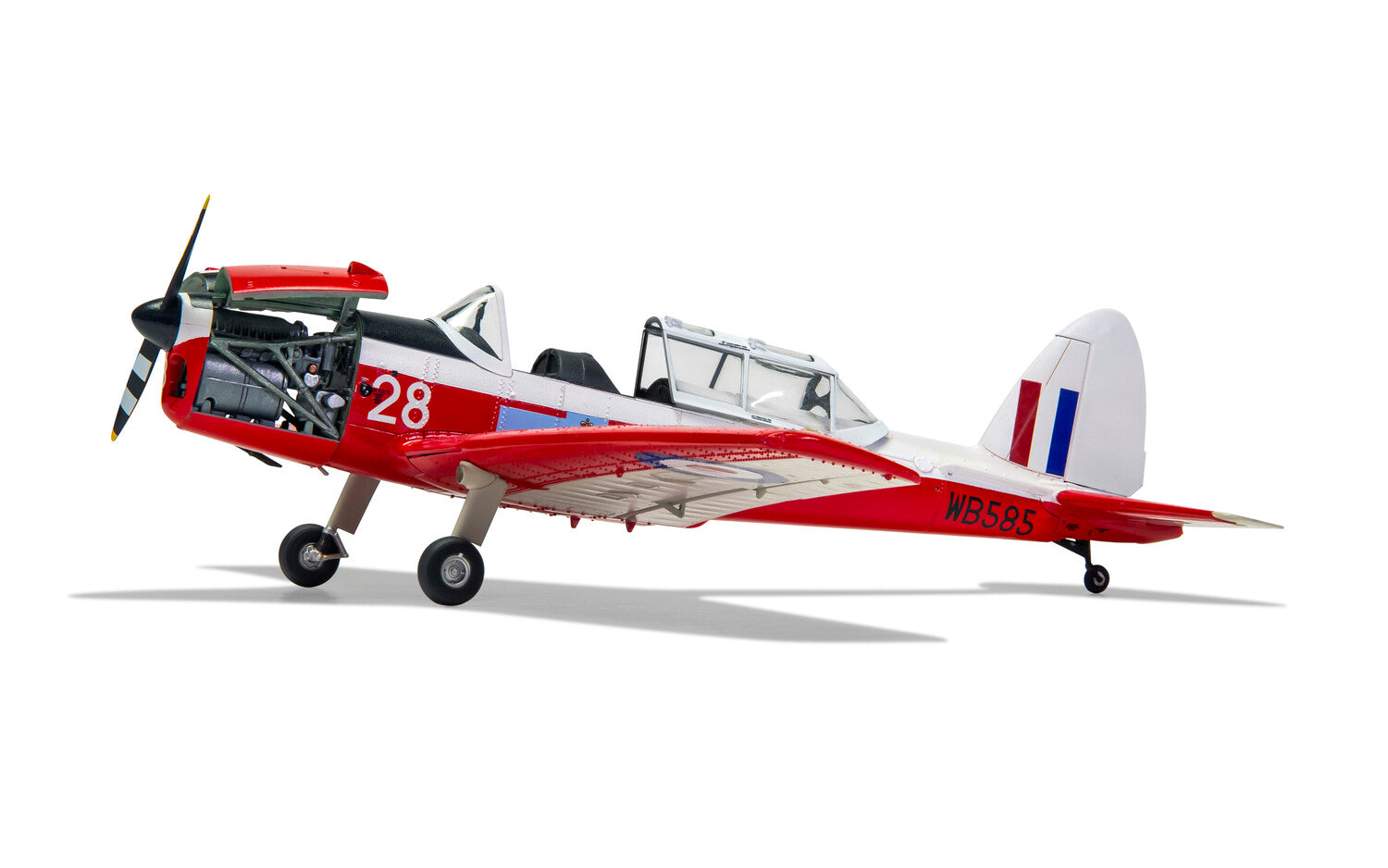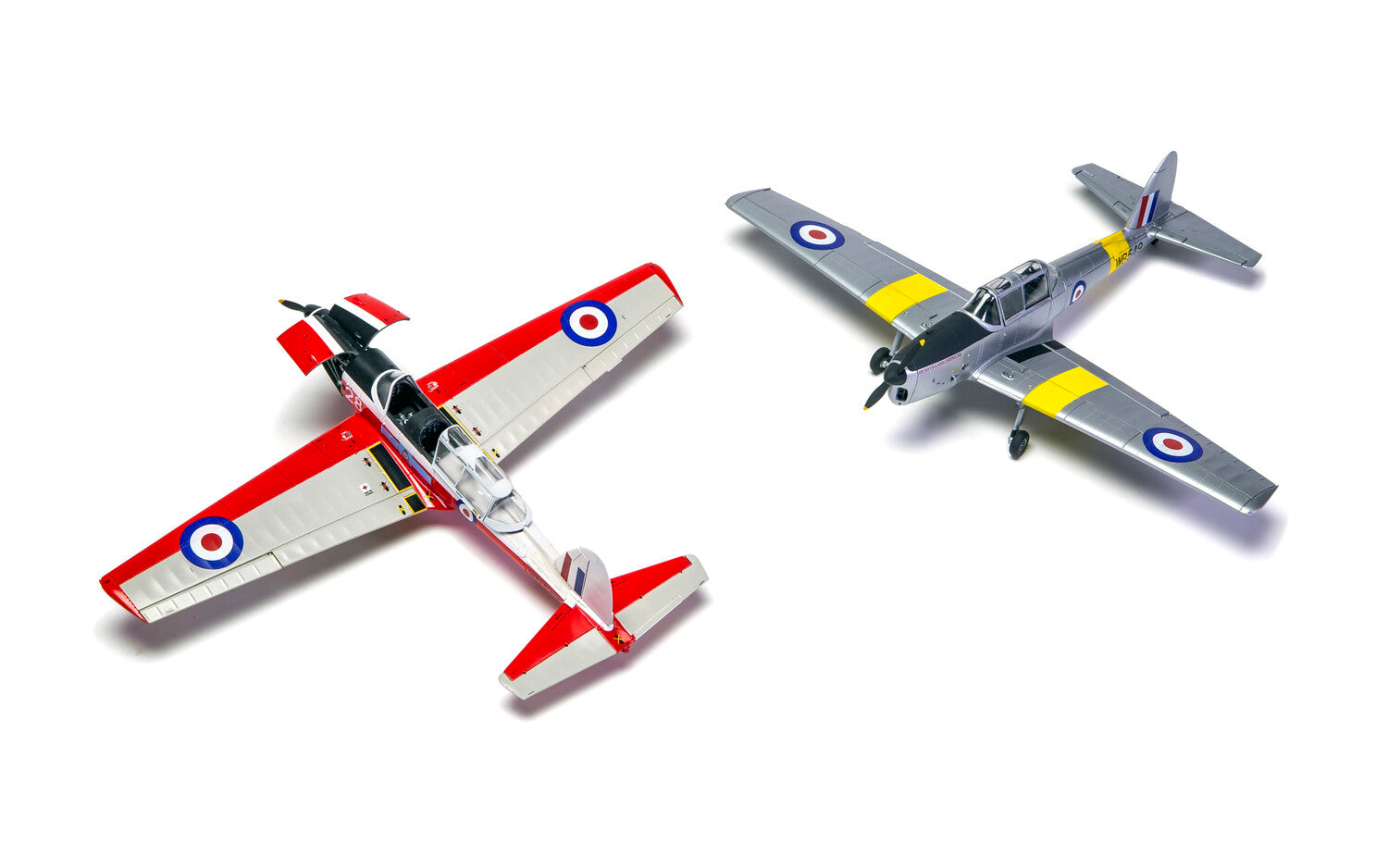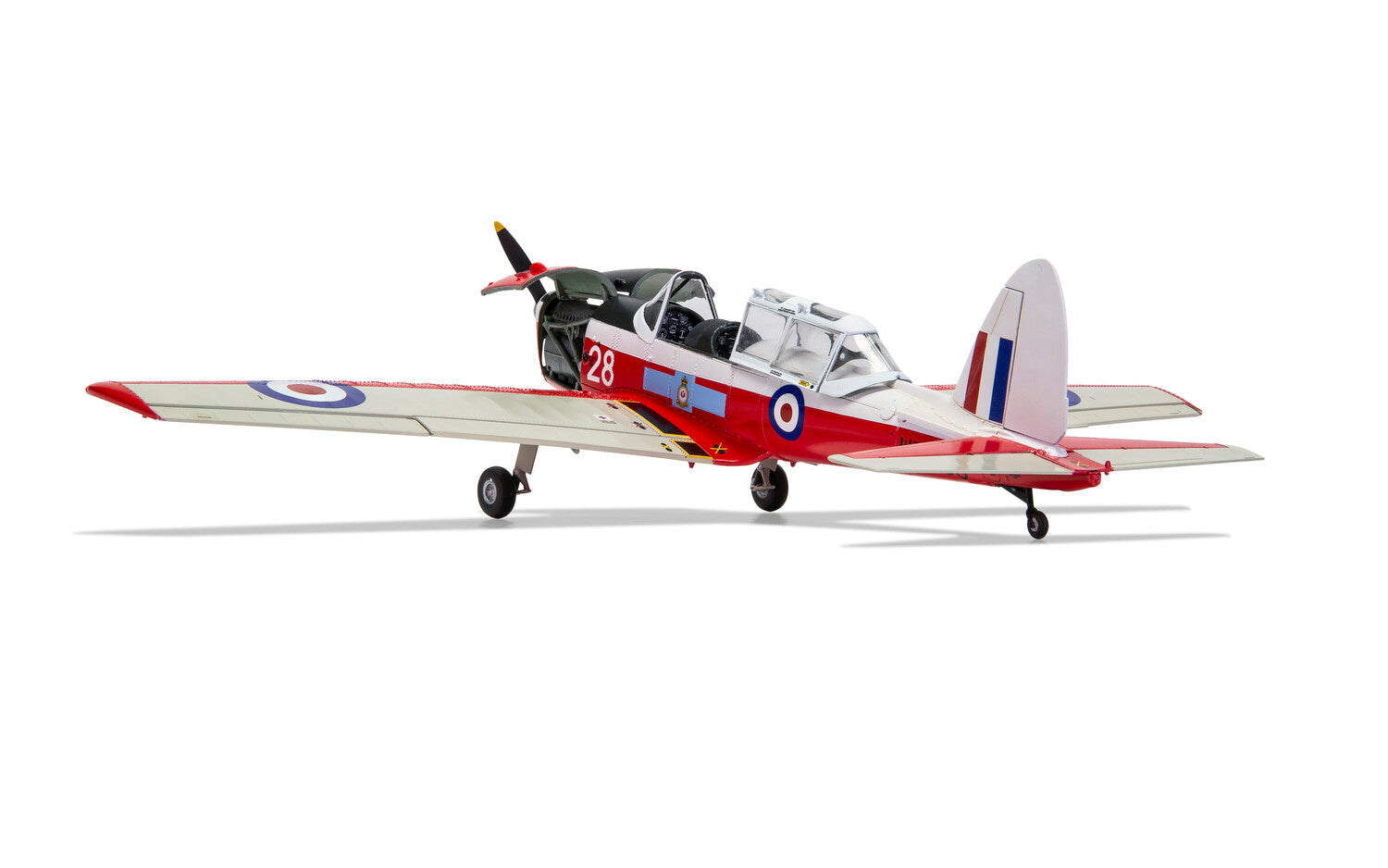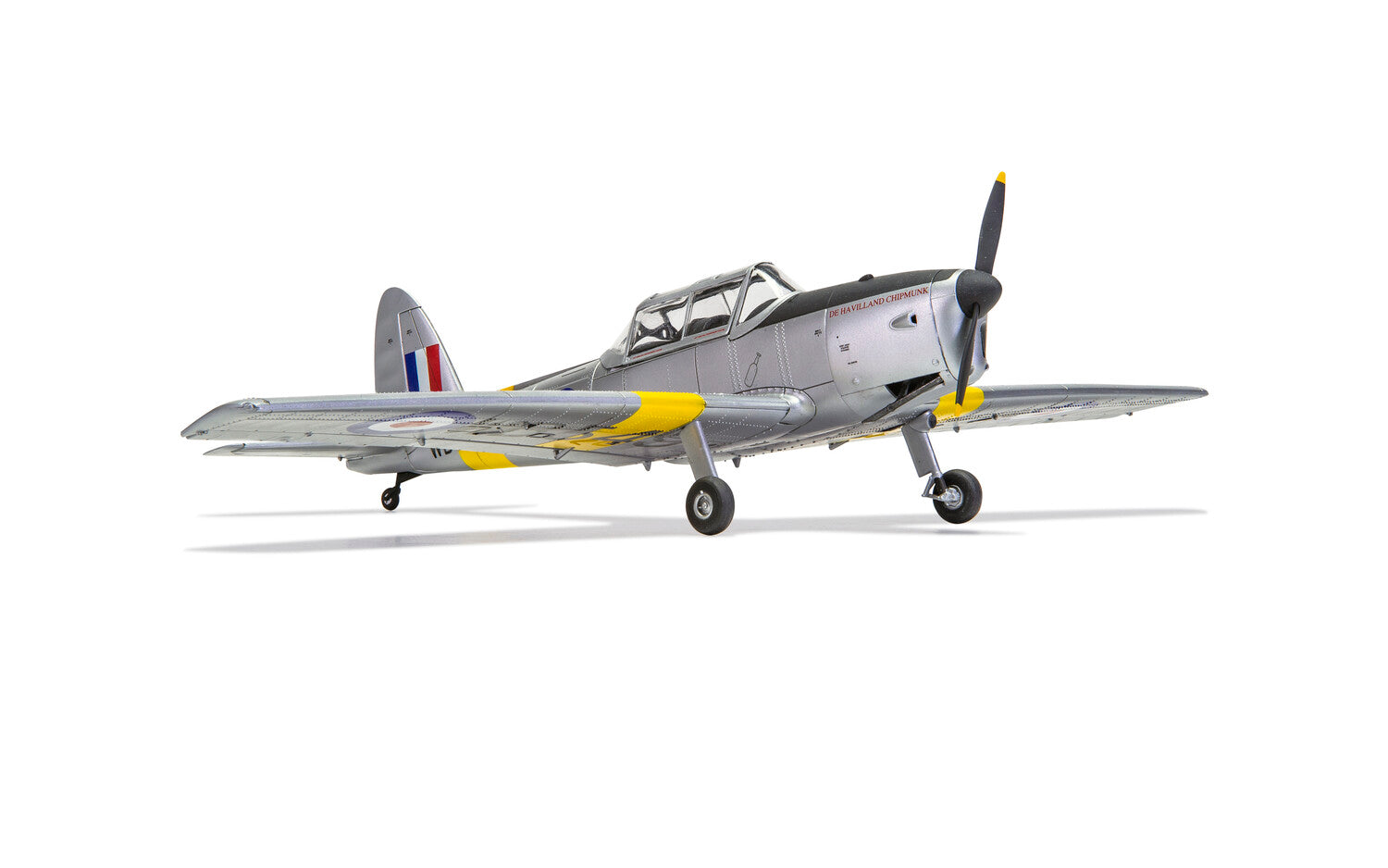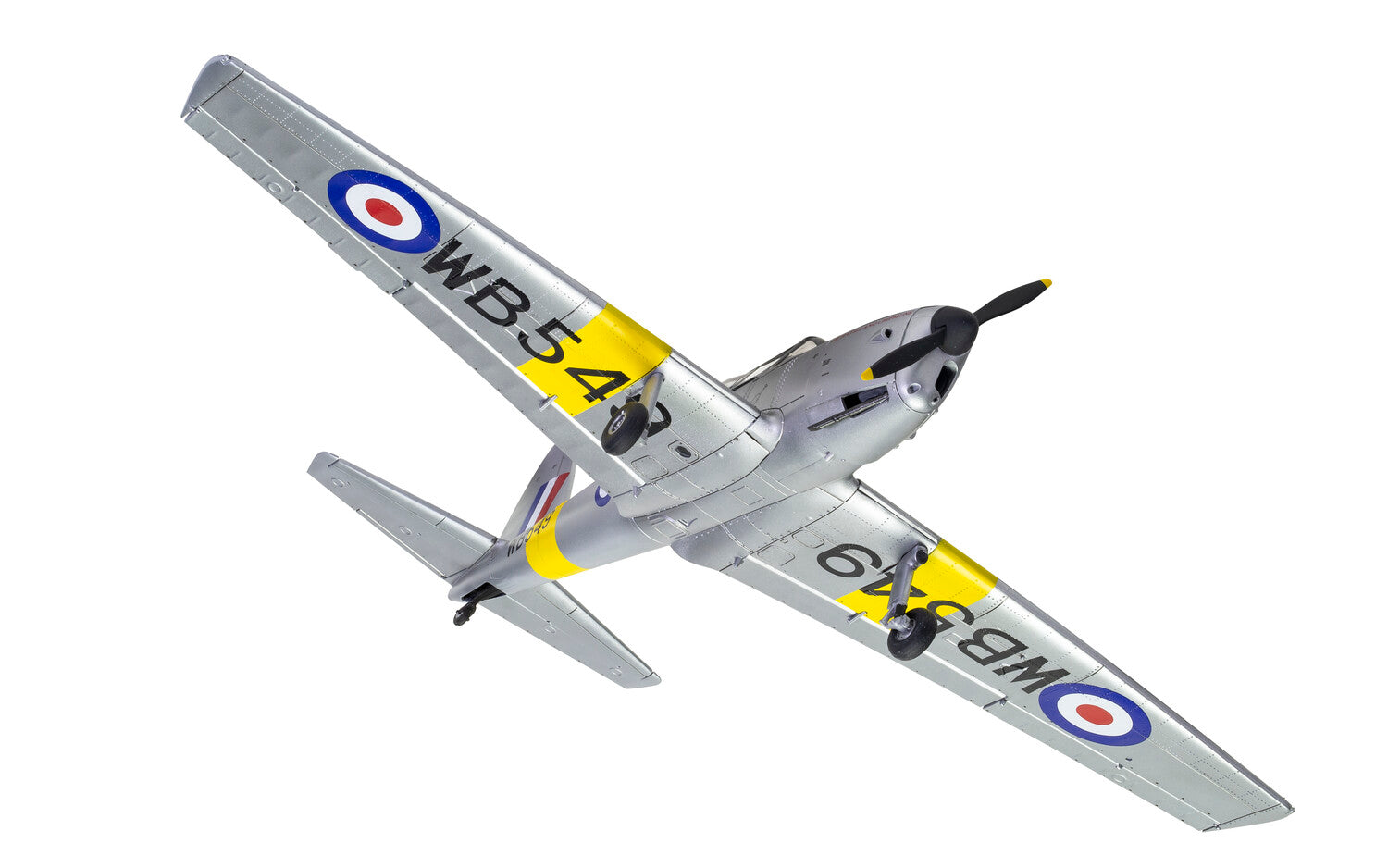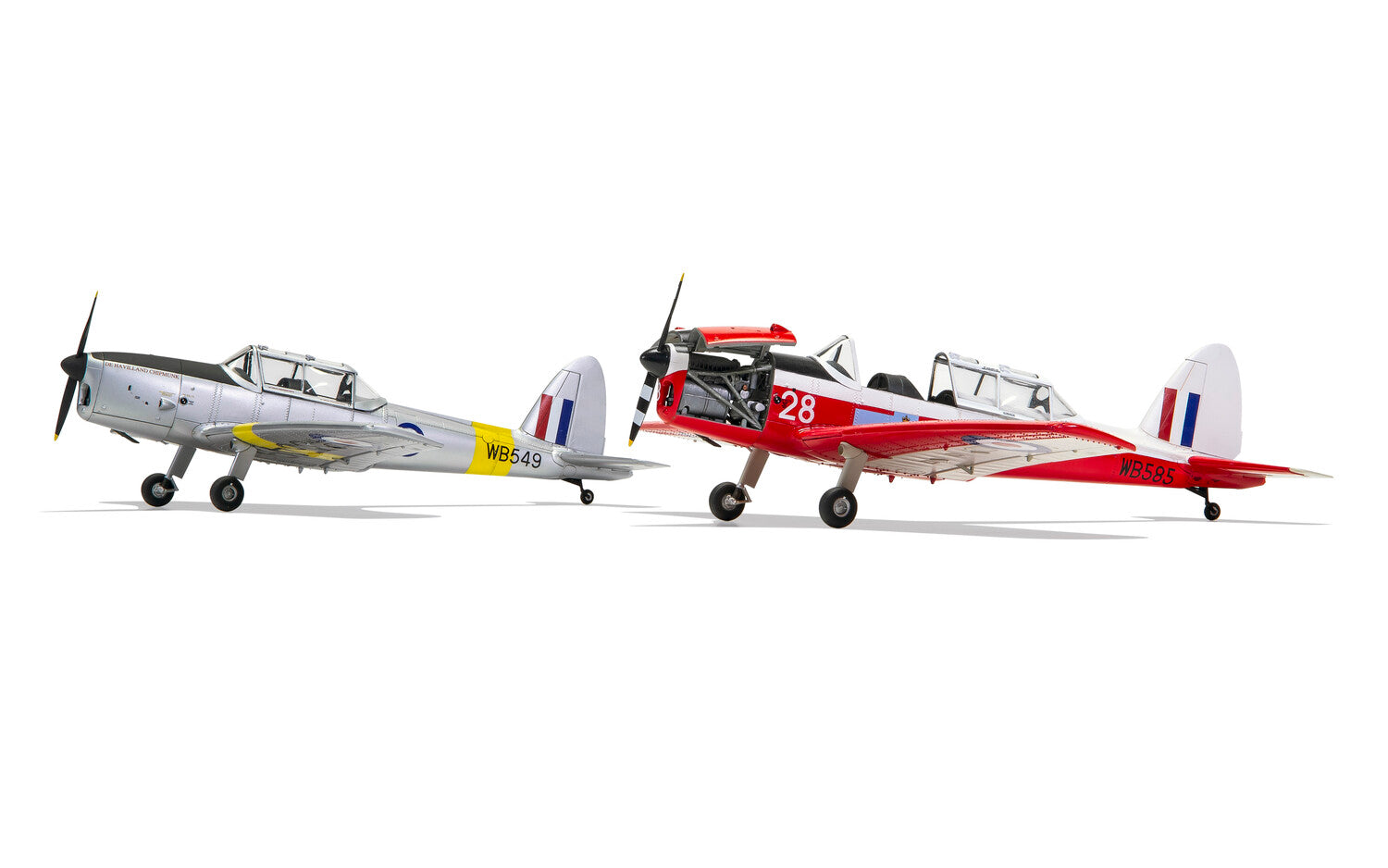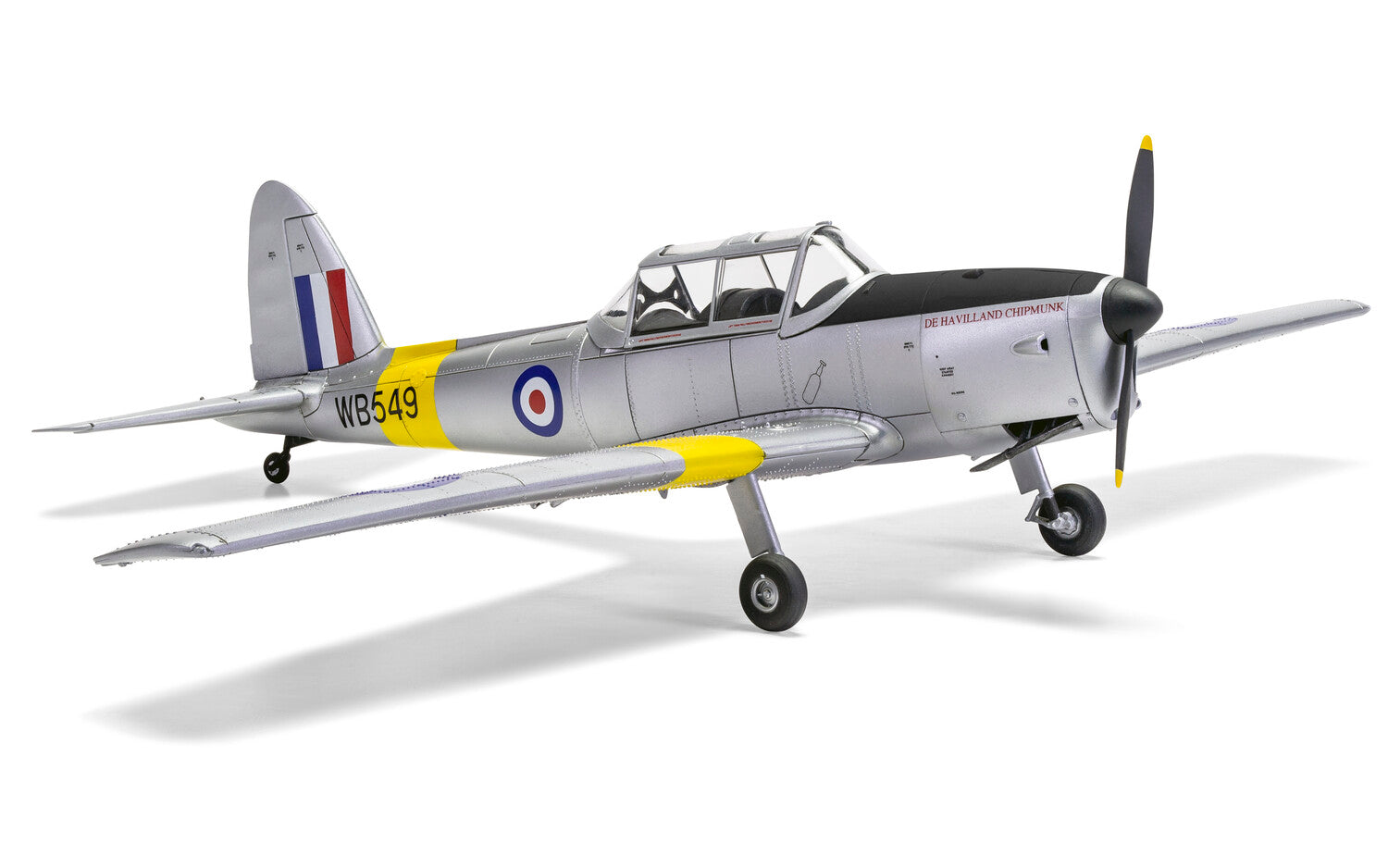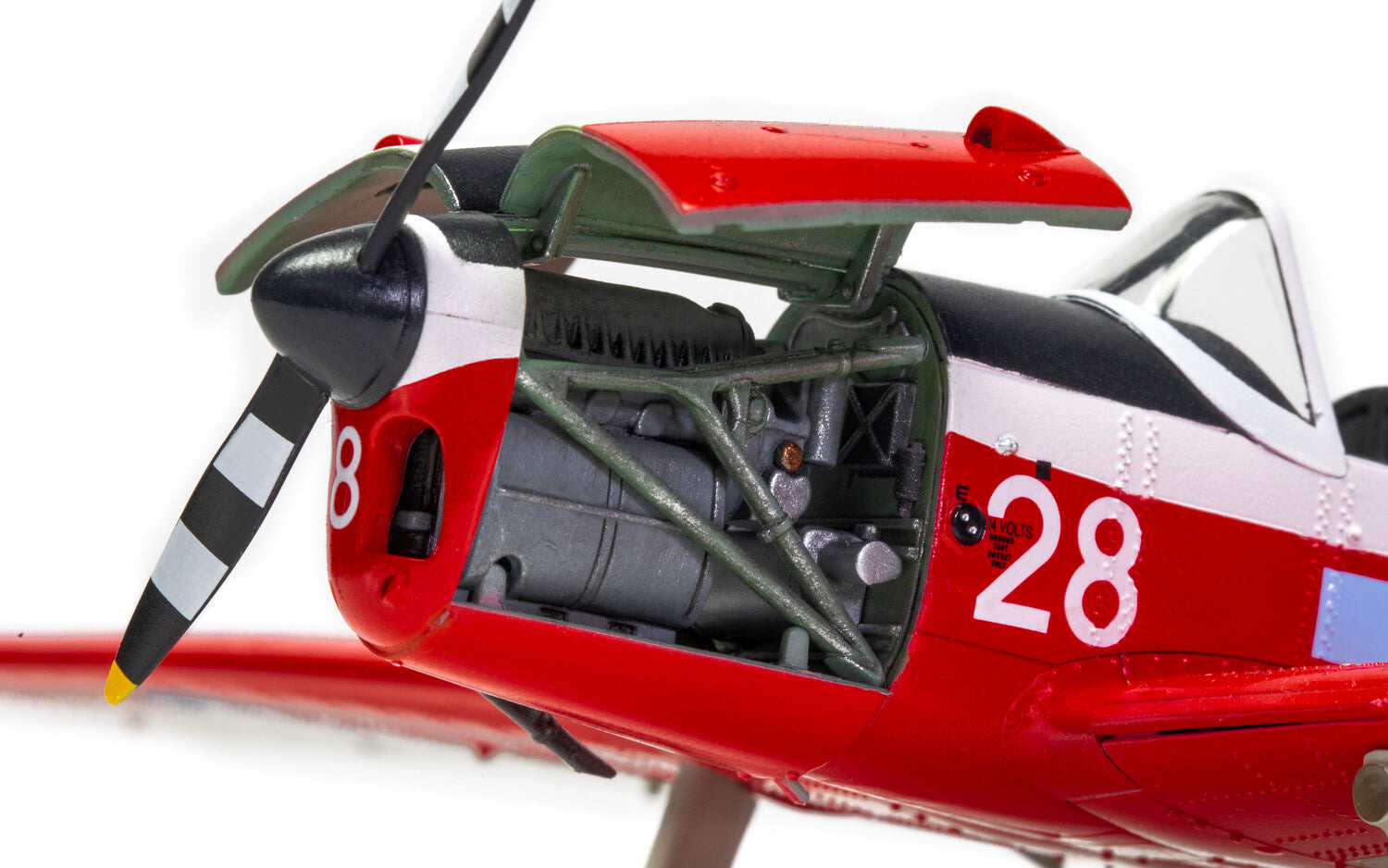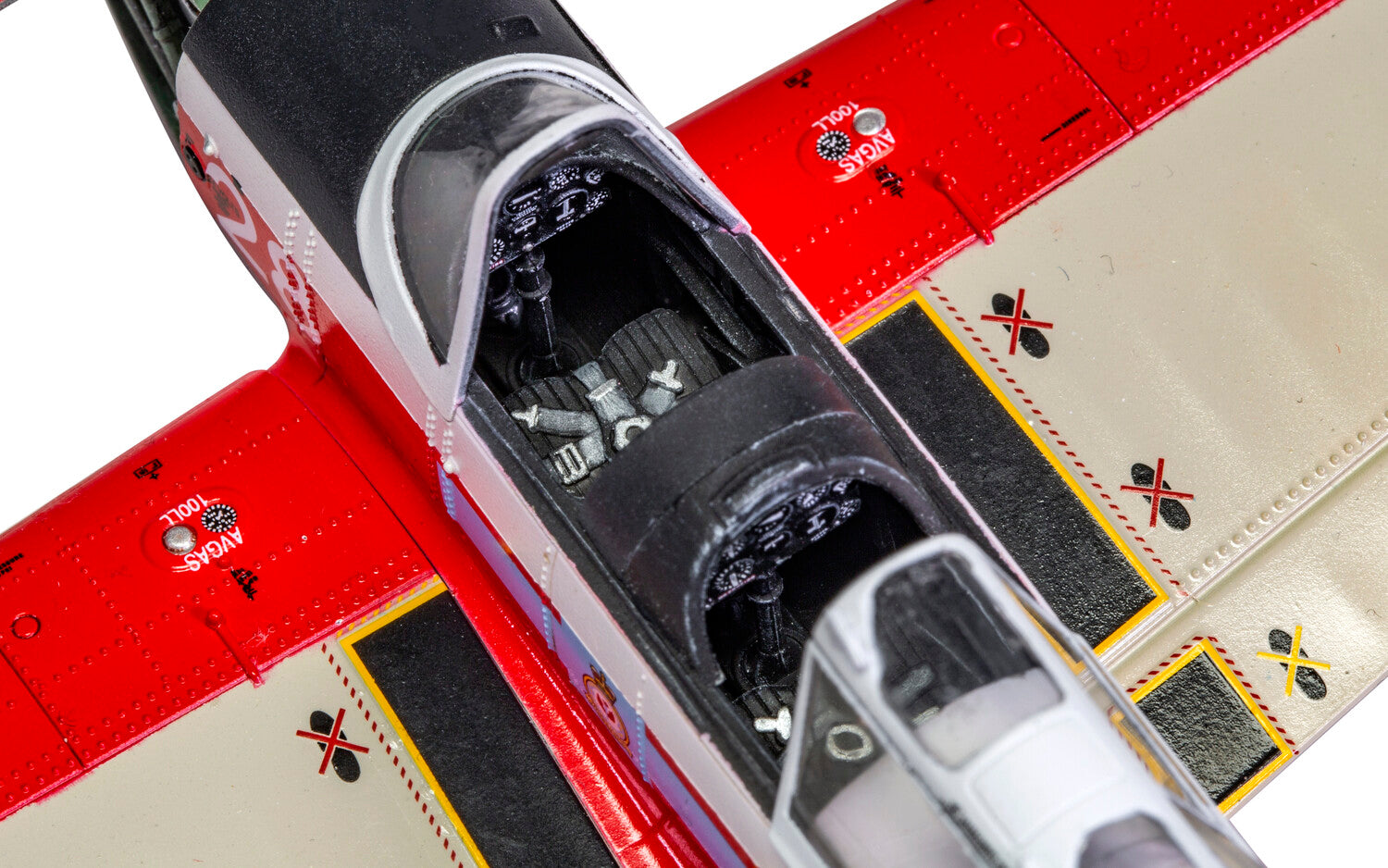Shipping charges vary based on the order value and destination. Free Delivery on orders £99. UK mainland standard shipping costs range from £4.99 to £7.99 under £99.
Additional surcharges for aerosols, over-sized or heavy items and non-mainland UK destinations, including specific regions like Scotland, Northern Ireland, Isle of Man, Guernsey, and Jersey. We do not ship to PO Boxes and BFPO addresses.
Access Models offers efficient delivery services within the UK and overseas, aiming to dispatch orders within 48 hours of receipt, contingent on payment confirmation. Standard UK deliveries are conducted via Royal Mail, typically arriving within 2-3 days, though customers are advised to allow up to 5 days. For expedited deliveries, the express service ensures next-day delivery for orders placed before 1pm, with specific provisions for orders placed over the weekend or on bank holidays.
Shipping charges vary based on the order value and destination. UK standard shipping costs range from £4.99 to £7.99, with additional surcharges for heavy items and non-mainland UK destinations, including specific regions like Northern Ireland, Isle of Man, Guernsey, and Jersey. We do not ship to PO Boxes and BFPO addresses.
For heavy, bulky, or restricted items such as large model kits and items containing hazardous materials, special shipping considerations apply. International shipping starts at £18, with varying costs and delivery times based on destination zones. Access Models does not ship to certain countries including Spain, USA, and Australia.
Customers may encounter customs fees on international orders, which are not included in our shipping costs and are the responsibility of the customer. In case of postal losses or damage, claims may take up to 30 days to process, and we require customer confirmation to initiate this process.
Returns are accepted within 14 days for change of mind and 30 days for faulty items, in line with the EU Distance Selling Directive. Access Models offers repair, exchange, or refund for eligible returns, excluding faults due to misuse or wear and tear. Customers are responsible for return postage costs, except in cases of damage or fault. Refunds are issued in accordance with the returns policy, excluding opened packages unless they are faulty.
Unattended Deliveries and Returns:
In the event that a customer is not available to receive their order upon any delivery attempts, and the item is consequently returned to us by the courier, it is the responsibility of the customer to cover the costs of re-posting the item.
Should your order be returned due to unavailability at the delivery address during any attempts made, we will contact you to confirm the address details and arrange for re-delivery. Please be advised that we will require payment of re-postage costs before the item is dispatched again. This fee will cover the costs associated with handling and shipping the item to you for another attempt.
We strongly encourage customers to provide a delivery address where someone will be available to accept the parcel at the time of delivery to avoid the inconvenience and additional costs associated with re-posting.


